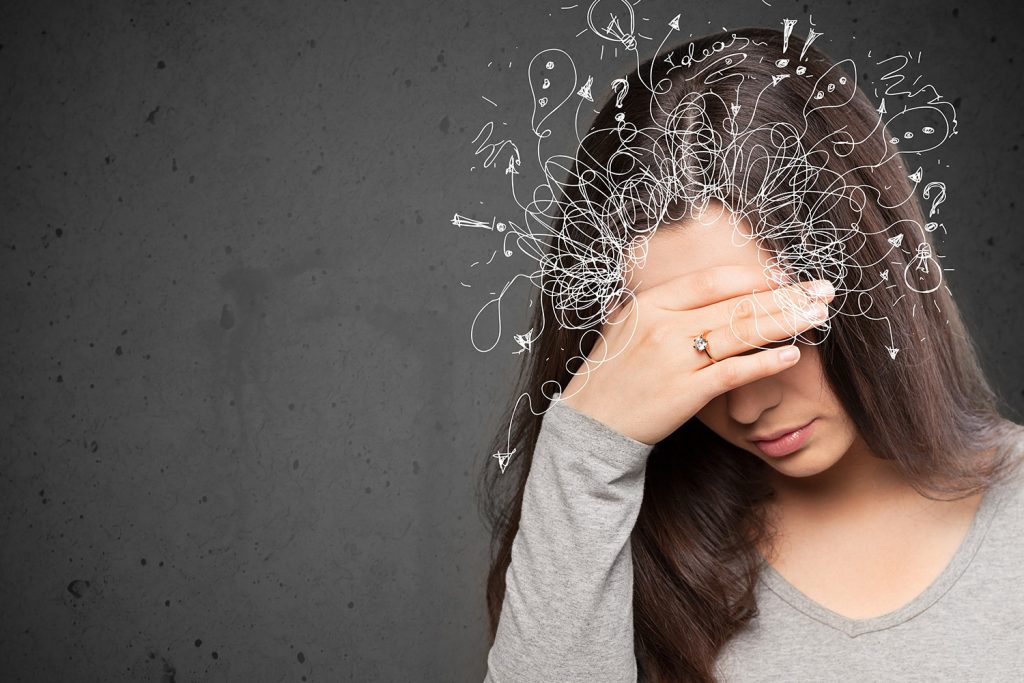Overview
Anxiety is a common human emotion that presents itself in various ways depending on the culture. Although anxiety disorders are widely acknowledged, there are considerable differences in the understanding, expression, and treatment of these conditions. Social conventions, stigma, beliefs, and values are examples of cultural elements that significantly influence how anxiety is experienced in various countries. This article explores the various ways that anxiety manifests itself in different cultural contexts, emphasizing how cultural context affects mental health.
Recognizing Anxiety in Different Cultural Contexts
Anxiety disorders are a broad category of illnesses marked by excessive concern, anxiety, and unease. In Western civilizations, the idea of anxiety is frequently approached from a medical perspective, emphasizing specific symptoms and biological causes. Anxiety disorders can be identified using standardized diagnostic criteria, such as those found in the Diagnostic and Statistical Manual of Mental Disorders (DSM).
Cultural Sensitivity in Mental Health Treatment
In the context of mental health care, cultural competence refers to a provider’s capacity to successfully negotiate cultural differences and provide suitable services to a range of clientele. This entails being aware of the cultural elements that impact how anxiety is experienced and expressed as well as being perceptive to the particular requirements and preferences of clients from various ethnic backgrounds.
Education and Training:
To improve their comprehension of cultural variety and its effects on mental health, mental health practitioners need to undergo training in cultural competence. Education on self-awareness, cultural humility, and the identification of unconscious biases that could influence therapeutic treatment are all included in this.
Language & Communication:
When providing cross-cultural mental health care, effective communication is crucial. In order to ensure proper communication with clients who speak languages other than English, therapists must either use bilingual staff or offer language interpretation services. Language hurdles might delay the therapeutic process.
Respect for Diversity:
Providing treatment that is culturally competent necessitates a dedication to honoring the range of client beliefs, values, and traditions. Rather than making assumptions based on cultural stereotypes, providers should approach each client with curiosity and openness, acknowledging the uniqueness of each person’s experience.
Customized Interventions:
It is important to adjust treatment strategies to clients’ cultural preferences and values. This could entail working with clients to find resources and coping mechanisms that are appropriate for their culture, as well as incorporating cultural customs, rituals, or symbols into therapy sessions.
Community Engagement:
Promoting mental health awareness and lowering stigma need active engagement with communities and community leaders. Mental health clinicians can promote trust in different communities, ease access to care, and communicate culturally appropriate information by collaborating with community organizations.
Cultural circumstances, however, have a big impact on how anxiety symptoms are expressed and understood. People who live in collectivist societies—where social cohesion and interdependence are valued—may be more inclined to report physical symptoms of worry than psychological anguish. For instance, instead than admitting to sentiments of concern or fear, people in East Asian cultures may describe bodily symptoms like headaches or stomach problems as indicators of nervousness.
Cultural norms and the Expression of Anxiety
The acceptable ways to express emotions, including worry, are determined by cultural standards. People who live in certain cultures that value stoicism and emotional restraint tend to repress or ignore their uncomfortable feelings. This can make it more difficult to identify and diagnose anxiety disorders since symptoms might go unnoticed or unrecognized.
On the other hand, in countries like some Mediterranean or Latin American societies, where expressing emotions is valued, worry might be spoken and acknowledged more freely. In these situations, social and familial support networks are extremely important because they give people a way to get the assistance they need to deal with their anxiety symptoms.
Mental Health and Stigma
In many cultures, the stigma associated with mental illness continues to be a major obstacle to getting treatment. Beliefs held regarding the origins of anxiety in certain cultures, such as spiritual or supernatural explanations, can lead to stigma and prejudice against those who are dealing with mental health issues.
Certain cultures stigmatize mental health problems as moral faults or personal shortcomings, which makes people reluctant to talk about their symptoms and socially isolated. This stigma can make anxiety symptoms worse and make it more difficult to get help that works.
Cultural Aspects of Coping Mechanisms
Coping mechanisms for anxiety management are also influenced by cultural norms and beliefs. Religious and spiritual beliefs can offer rituals or prayers as coping methods for anxiety, giving comfort and purpose to people going through difficult times.
Cultural customs centered on group assistance and group coping techniques might also lessen the effects of anxiety. Anxiety can be mitigated, for example, by rituals of solidarity or social gatherings during difficult times that promote resilience and a sense of community.
Cultural Competence and Treatment Methods
Effective treatment of a variety of communities in mental health requires mental health professionals to be culturally competent. In order to provide culturally sensitive care, therapists and clinicians need to be aware of the subtle differences between cultural expressions of anxiety and treatment choices.
Treatment results and client participation can both be improved by incorporating cultural customs and beliefs into therapy. This could entail modifying therapy approaches to conform to cultural norms or combining evidence-based interventions with conventional healing modalities.
Conclusion
Cultural norms, beliefs, and social settings influence how anxiety presents itself in various cultural contexts. In order to treat the specific needs of varied communities and provide mental health care that is culturally competent, it is imperative to comprehend these cultural effects. Through recognition and appreciation of cultural variances, we may promote increased consciousness, tolerance, and assistance for those dealing with anxiety in all cultural contexts.

